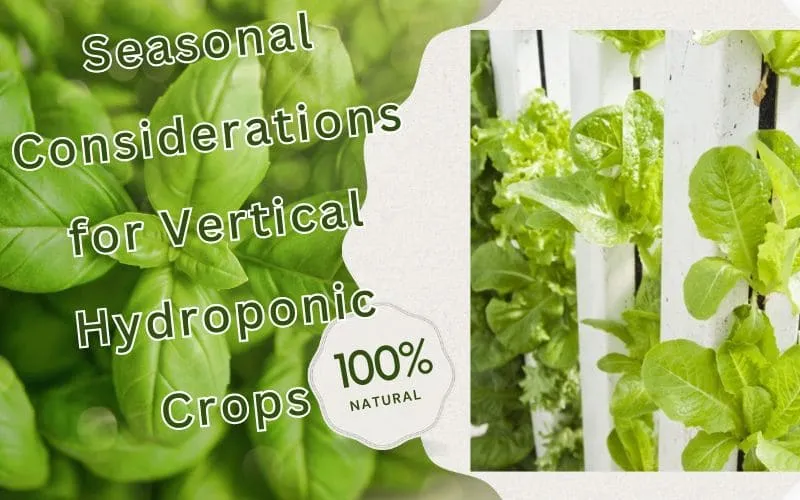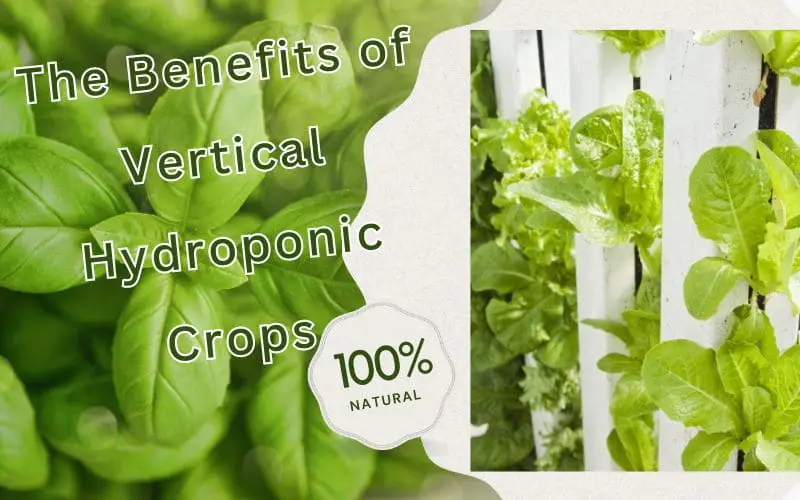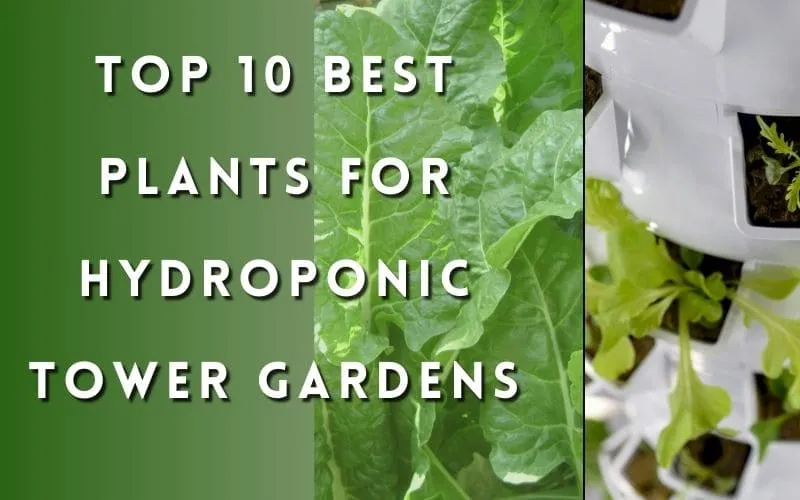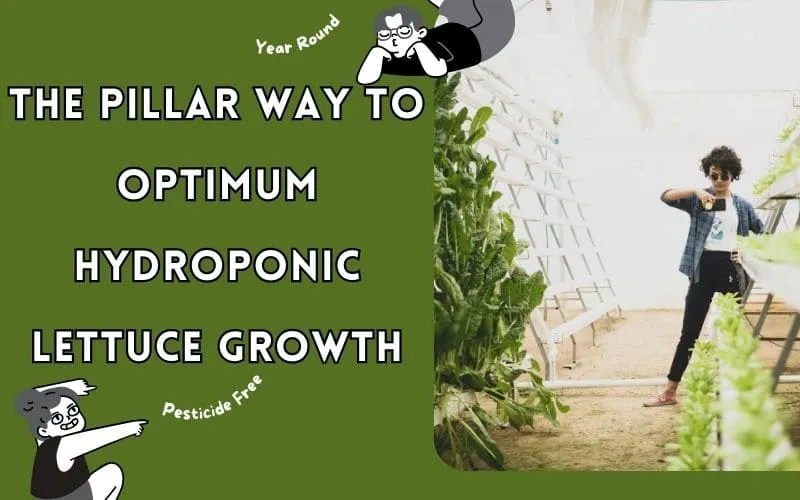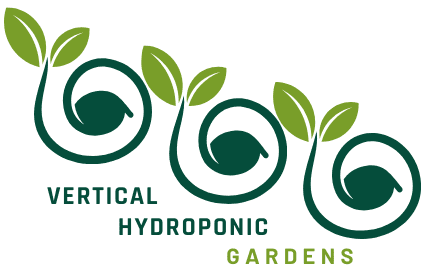Embracing Sustainability: Vertical Hydroponic Crop Strategies
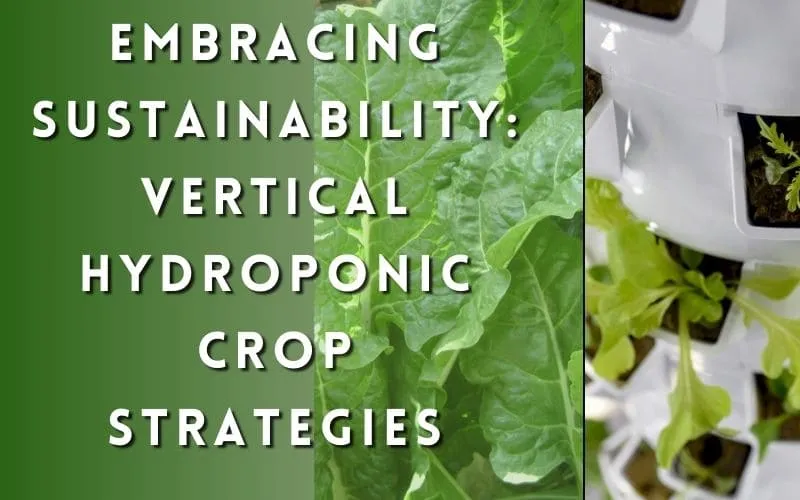
Introduction
In this section, we will delve deeper into the fundamental concepts of sustainability in vertical hydroponic crops. It is essential to understand the importance of sustainable practices in vertical hydroponic farming and the challenges associated with their implementation. We will explore the key elements that contribute to sustainable vertical hydroponic systems, including water conservation, energy-efficient lighting, nutrient management, and organic alternatives. Additionally, real-life case studies and success stories will be analyzed to highlight the beneficial outcomes of sustainable implementation. By the end of this section, you will have a comprehensive understanding of the significance of sustainability in vertical hydroponic crops and innovative strategies for its achievement.
Understanding Sustainability in Vertical Hydroponic Crops
What is Vertical Hydroponic Farming?
Vertical hydroponic farming, also known as vertical farming, is a revolutionary method of cultivating plants in vertically stacked layers. By eliminating the need for soil and utilizing nutrient-rich water solutions, this technique optimizes space and fosters sustainable crop production in urban environments.
- More About Vertical Hydroponic Farming:
- Vertical hydroponic farming integrates the use of technology, often incorporating automated systems for watering, nutrient delivery, and environmental control to maximize efficiency and yield.
- It allows for the cultivation of a wide variety of crops, including leafy greens, herbs, and some fruits, using significantly less water compared to traditional farming methods.
- Vertical hydroponic farming decreases the reliance on arable land, making it a notable solution for urban food production and reducing the environmental impact of agriculture.
- By providing a controlled environment, it minimizes the threat of pests and diseases, leading to healthier and more consistent crop yields.
Benefits of Sustainable Practices in Vertical Hydroponic Crops
Vertical hydroponic farming, when combined with sustainable practices, brings about a wide array of advantages. These sustainable practices do not only benefit the crops but also contribute to a more eco-friendly agricultural system.
- Conservation of Water: Sustainable vertical hydroponic systems significantly reduce water usage by utilizing recirculating nutrient solutions, resulting in up to 90% less water consumption compared to traditional soil farming.
- Energy Conservation: Through the use of advanced LED lighting and efficient climate control systems, sustainable vertical hydroponic farms can drastically lower energy consumption, making the process more cost-effective and environmentally friendly.
- Environmental Impact Minimization: By eliminating the need for soil and reducing reliance on chemical pesticides, sustainable vertical hydroponic farming greatly reduces the impact on the surrounding environment, leading to healthier ecosystems and reduced pollution.
- Biodiversity Preservation: Vertical hydroponic farming, when practiced sustainably, helps to preserve natural biodiversity by minimizing habitat destruction and soil degradation, thereby supporting a more balanced and resilient ecosystem.
- Community Benefits: Sustainable vertical hydroponic farming encourages local food production, promotes food security, and provides economic opportunities within the community, fostering a more sustainable and resilient food system.
Challenges of Implementing Sustainable Practices in Vertical Hydroponic Crops
When it comes to implementing sustainable practices in vertical hydroponic farming, there are several significant challenges that farmers and growers face. These challenges require careful consideration and innovative solutions to ensure the long-term viability and success of vertical hydroponic systems. Some of the key challenges include:
- Optimizing Light Distribution: Vertical hydroponic systems demand a thoughtful approach to light distribution to ensure that all plants receive adequate light for optimal growth. This involves strategically placing grow lights, utilizing reflectors, and adjusting light intensity based on the specific requirements of different plant species.
- Managing Nutrient Delivery: In a vertical hydroponic setup, effectively delivering nutrients to plants across different levels can be a complex task. It necessitates precise control over nutrient solutions, pH levels, and nutrient flow, as well as the use of advanced monitoring and automation systems to maintain nutrient balance.
- Regulating Water Circulation: The circulation and distribution of water throughout a vertical hydroponic system must be carefully managed to prevent water stagnation, ensure uniform hydration of plants, and minimize the risk of disease. Implementing efficient water circulation mechanisms and regular maintenance routines is essential for sustaining healthy crop growth.
- Addressing Space Limitations: Vertical hydroponic farms often face space constraints, requiring innovative spatial design techniques to optimize crop capacity. Utilizing vertical shelving, employing space-saving plant arrangements, and integrating efficient irrigation methods are crucial for maximizing crop yield within limited space.
These challenges underscore the intricate nature of implementing sustainable practices in vertical hydroponic crops and emphasize the need for continuous innovation and adaptation in the pursuit of long-term sustainability.
Innovative Strategies for Sustainability in Vertical Hydroponic Crops
Water Conservation Techniques
Water conservation is a critical aspect of sustainable vertical hydroponic farming. By implementing advanced techniques and technologies, farmers can minimize water usage while ensuring optimal hydration for the crops.
- Recirculating systems are an essential component of water conservation in hydroponic farming.
- These systems allow for the reuse of water, reducing overall consumption and waste.
- They also help maintain a stable environment for the plants by consistently delivering the necessary nutrients.
- Moisture sensors play a vital role in water conservation by providing real-time data on the moisture levels in the growing medium.
- With accurate information from these sensors, farmers can precisely control irrigation, preventing overwatering and water wastage.
- This technology ensures that the plants receive just the right amount of water they need, promoting healthy growth and minimizing water loss.
- Fogponics is an innovative technique that harnesses ultrasonic technology to create a fine mist of nutrient-rich water droplets.
- This method ensures efficient water usage by delivering nutrients directly to the plant roots with minimal wastage.
- The fine mist also helps to maintain optimal humidity levels, reducing water evaporation and maximizing resource utilization.
Energy-Efficient Lighting Solutions
Efficient lighting solutions are pivotal in sustainable vertical hydroponic farming. LEDs and smart lighting systems tailored to the specific light spectrum needs of crops reduce energy consumption and create a synergistic environment for healthy plant growth.
- LED Technology: Utilizing LED lights designed for plant growth ensures optimum energy efficiency while providing the necessary light spectrum for photosynthesis.
- Smart Lighting Systems: Implementing smart lighting systems with automated controls and variable intensity settings maximizes energy savings and enhances crop development.
- Light Spectrum Customization: Tailoring the light spectrum to match the specific requirements of different crops promotes enhanced photosynthesis and improved yield.
- Energy Consumption Analysis: Conducting thorough energy consumption analysis helps in identifying opportunities for further efficiency enhancement and cost reduction in lighting systems.
In addition to the energy savings, efficient lighting systems contribute to the overall sustainability of vertical hydroponic farming by reducing the carbon footprint and supporting a more eco-friendly agricultural practice.
Nutrient Management and Organic Alternatives
Nutrient management is a critical aspect of sustainability in vertical hydroponic crops. Employing organic nutrient solutions and precision dosing techniques optimizes plant health and fosters a sustainable, environmentally friendly approach to crop cultivation.
Nutrient management plays a crucial role in ensuring the health and productivity of plants in vertical hydroponic systems. By carefully monitoring and adjusting nutrient levels, growers can create an optimal growing environment for their crops, leading to improved yields and higher quality produce.
Organic nutrient solutions offer numerous benefits for vertical hydroponic cultivation. They are derived from natural sources and promote sustainable farming practices. These solutions are free from synthetic chemicals and provide essential nutrients in a form that is readily available to plants, ensuring healthy growth and nutrient uptake.
Precision dosing techniques involve the accurate measurement and delivery of nutrients to plants. This method allows for greater control over nutrient levels, reducing waste and minimizing the risk of over-fertilization. By utilizing precise dosing techniques, growers can ensure that plants receive the right amount of nutrients at the right time, leading to improved plant health and overall crop performance.
Effective nutrient management contributes to the overall sustainability of vertical hydroponic crop cultivation. By choosing organic alternatives and implementing precision dosing, growers can minimize their environmental impact while maximizing the health and productivity of their crops. This sustainable approach supports long-term farming practices and promotes a harmonious relationship between agriculture and the environment.
Maximizing Productivity and Quality in Vertical Hydroponic Crops
Crop Selection for Vertical Hydroponic Systems
When it comes to vertical hydroponic systems, the careful and strategic selection of crops plays a crucial role in maximizing productivity and ensuring top-notch quality. Tailoring the crop selection to the vertical environment and market demands is essential for efficient space utilization and high-quality yield. Let’s delve deeper into why crop selection is the cornerstone of success in vertical hydroponic cultivation.
Here are the key factors to consider when choosing crops for vertical hydroponic systems:
- Growth Habit: Selecting crops with a compact growth habit is ideal for vertical systems. Compact plants can be grown in closer proximity, allowing for efficient use of space and increased yield per square foot.
- Nutrient Requirements: Understanding the nutrient needs of different crops is crucial for maintaining a balanced nutrient solution in the hydroponic system. Some crops may have specific nutrient requirements, and tailoring the nutrient solution to match these needs is vital for healthy plant growth.
- Maintenance and Care: Consider the level of maintenance and care required for each crop. Some crops may be more resilient and low-maintenance, making them ideal choices for vertical hydroponic systems.
- Market Demand: Assess the market demand for different crops to align with consumer preferences and maximize market value.
Here are examples of crops that are well-suited for vertical hydroponic cultivation:
CropReason for SuitabilityLettuceCompact growth habit, high demand in the market, and quick maturation.StrawberriesVertical growth habit, high market value, and perennial production.Herbs (Basil, Mint)Compact growth, culinary and medicinal value, and high market demand. By carefully considering these factors and examples, growers can strategically select crops that are not only well-suited for vertical hydroponic systems but also aligned with market demands, ultimately leading to enhanced productivity and quality yields.
Pest and Disease Management
Effective pest and disease management is crucial in sustaining productivity in vertical hydroponic crops. Integrated pest management techniques, natural predators, and meticulous monitoring safeguard the crops without compromising long-term sustainability.
Optimizing Vertical Space for Enhanced Yield
The strategic optimization of vertical space is a key factor in enhancing yield and quality. Implementing innovative stackable systems, vertical towers, and spatial planning techniques maximizes productivity and fosters a sustainable approach to crop cultivation.
When it comes to maximizing yield and quality in vertical hydroponic crop cultivation, the efficient use of vertical space plays a pivotal role. Here are some key strategies and techniques to optimize vertical space for enhanced yield:
- Vertical Stackable Systems: Utilizing stackable growing systems enables farmers to make the most of vertical space, allowing for multiple layers of crop cultivation within a limited footprint.
- Advanced Vertical Towers: The use of advanced vertical tower designs provides an efficient way to cultivate crops vertically, utilizing aeroponic or hydroponic methods to achieve optimal growth and yield.
- Spatial Planning Techniques: Employing thoughtful spatial planning ensures that each inch of vertical space is utilized effectively, minimizing wastage and maximizing the overall productivity of the crop cultivation area.
By integrating these strategies, crop cultivators can significantly increase the yield and quality of their produce while promoting a sustainable and space-efficient approach to agriculture.
Implementing Sustainable Practices: Case Studies and Success Stories
Real-Life Examples of Sustainable Vertical Hydroponic Farms
Real-life examples of sustainable vertical hydroponic farms showcase the successful implementation of innovative strategies and sustainable practices. These case studies provide valuable insights into practical techniques and the transformative impact of sustainability in vertical crop cultivation.
- One prominent example is the Sky Greens in Singapore, which is the world’s first low-carbon, hydraulic-driven vertical farm. It produces vegetables in a sustainable and environmentally friendly manner.
- Another inspiring example is the Vertical Harvest in Jackson, Wyoming, which uses hydroponic systems to cultivate fresh produce while providing employment opportunities for people with disabilities.
- Plenty is a notable company that combines vertical farming with artificial intelligence and machine learning to optimize growing conditions and maximize crop yields.
These real-life applications of sustainable vertical hydroponic farming demonstrate the potential for scalable and environmentally responsible food production, paving the way for a more sustainable future.
Benefits and Outcomes of Sustainable Implementation
The adoption of sustainable practices in vertical hydroponic farms yields multifaceted benefits and positive outcomes. From increased yield and resource optimization to environmental conservation, sustainable implementation sets a compelling precedent for the future of urban crop cultivation.
Conclusion
In conclusion, sustainable practices in vertical hydroponic crops present an innovative approach to urban crop cultivation, offering a fusion of ecological consciousness and high-quality yield. By embracing water conservation, energy-efficient solutions, and strategic cultivation techniques, the path toward sustainable urban farming becomes a reality, paving the way for a greener and more bountiful future.
